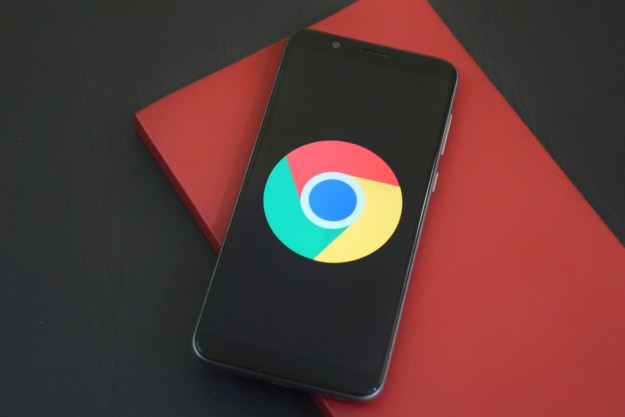Google’s modular smartphone endeavor, Project Ara, first debuted back in 2013 when it was still under Motorola’s leadership. Project Ara has come a long way since then, with the recent announcement that it will launch in Puerto Rico sometime in 2015. At Google I/O 2015, the company showed off a fully functional Ara phone, swapped out components on the fly, and took the first public picture with the device.
Google engineer Rafa Camargo demonstrated just how easy it is to create your very own Ara phone with components of your choosing. The frame, which is known as the “endo” is set up for multiple module components that slide easily into the frame. He added a speaker, the processor, and battery live onstage, before powering the device up. The Ara phone booted quickly, running the latest version of Android.
Camargo then launched the camera app, even though he hadn’t yet installed the camera module, and the Ara phone told him that no camera was available to use. He quickly flipped over the phone and slid the camera module in while the phone was on. Immediately, the phone recognized that the camera was enabled, and Camargo took a photo of the cheering audience with the device.
This marks the first time a Project Ara phone has been demoed live taking a photo, and it proves Google’s claim that Ara is indeed a reality that will hit the streets soon. Camargo concluded, saying that the next Ara developers conference will be announced soon, at which point we will learn more about the future of Google’s first modular phone.
Based on what we saw at the conference, it seems likely that Ara will hit the streets sooner rather than later. It’s just a matter of which streets the phone reaches, and whether customers take to the idea of an infinitely upgradeable phone.
Editors' Recommendations
- I compared Google and Samsung’s AI photo-editing tools. It’s not even close
- Google just redesigned one of its biggest apps, and it’s bad
- Everything announced at Google I/O 2023: Pixel Fold, Pixel 7a, and more
- Google I/O 2023 is happening on May 10 with an in-person event
- My iPhone 14 Pro camera is ruined, and it’s all Apple’s fault


